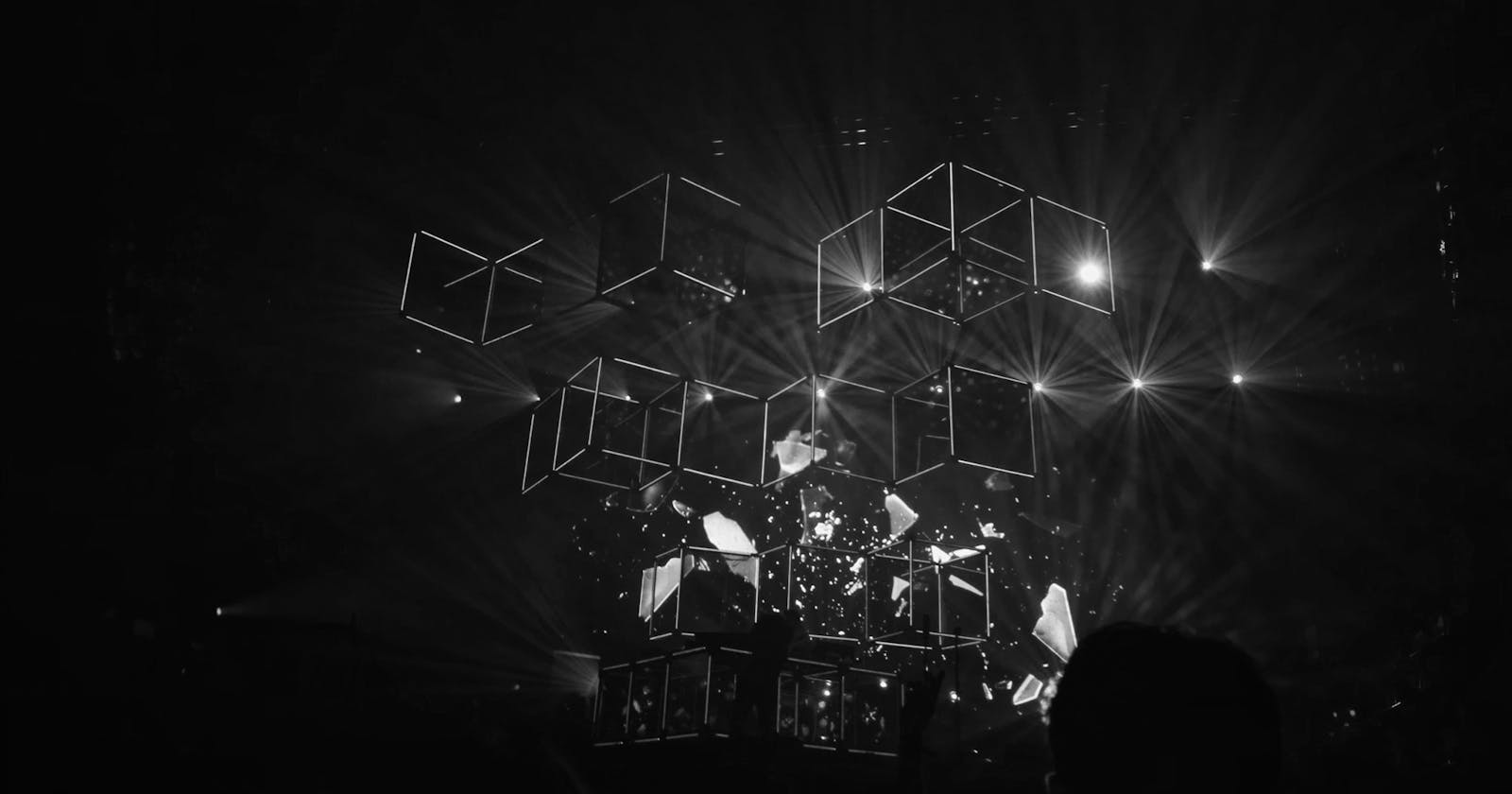A few months ago, I wrote an article delving into the genesis of Web3, starting from the very beginning – Web1. In this overview, I outlined the evolution as follows:
Web 1: Web1 represents the initial generation of the World Wide Web, functioning as the internet in a read-only format.
Web 2: Web2 is characterized by the internet evolving into a read-and-write form, allowing users to interact, provide feedback, and input information.
Web 3: Web3 signifies a phase where the internet not only operates in a read-and-write format but also adopts a decentralized structure.
Now, you might be waiting to see Web4, but in a twist, this was not us counting numbers but let’s do a bit of adding numbers here, Is 3+2 not equal to 5?
To put it simply, we can say that Web5 equals Web3 plus Web2.
As we were just getting acquainted with Web3 and blockchain technology, Twitter co-founder Jack Dorsey proposed an alternative vision for a decentralized internet.
WEB 5
Web5 envisions a decentralized web built on the Bitcoin blockchain with a primary focus on enhancing personal data security by restoring ownership of digital identity to individual users.
Derived from the idea that by combining the familiar and user-friendly experience of Web2.0 with the decentralized technology of Web3.0, we could potentially shape the future of technology.
A key objective of Web5 is to empower users as custodians of their data, stored in a wallet on a node or device, giving them complete control over the decision to share or retract personal information.
Imagine a globally accepted unique username or digital passport, a world where users can seamlessly stream music or movies from a decentralized application without creating various profiles. Web5 adapts protocols for easy sign-in authorization across applications, ensuring personal information is stored securely, making it inaccessible to big tech companies.
Among the key components of Web5 are:
Decentralized Web Nodes: Nodes facilitating communication in a network without a central server, ensuring individuals maintain full control over their information.
Verifiable Credentials: Physical documents used to verify an individual’s identity online, including issued ID cards, school certificates, and driver’s licenses.
Decentralized Identifiers: Systems designed to give users control over their data, providing decentralized identities as digital documents for proof of identity.
Jack Dorsey acknowledges that while the theoretical foundations of Web3 are solid, practical implementations fall short of true decentralization. He suggests that Web3 hasn't significantly advanced beyond the centralization present in Web2.0.
To wrap this up, Web5 presents an innovative approach to address some challenges with Web3, but it's crucial to recognize that it's still a project in its early stages, and uncertainties persist regarding its development and the future of the web.
I hope in this was able to, in some way, shed some light as to what web5 is and some of its possibilities.
Thank you for reading.

